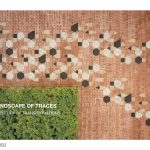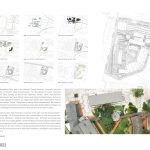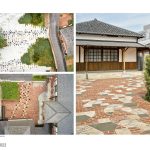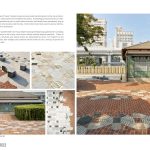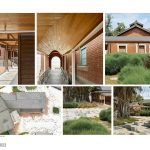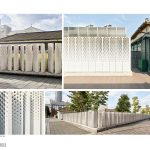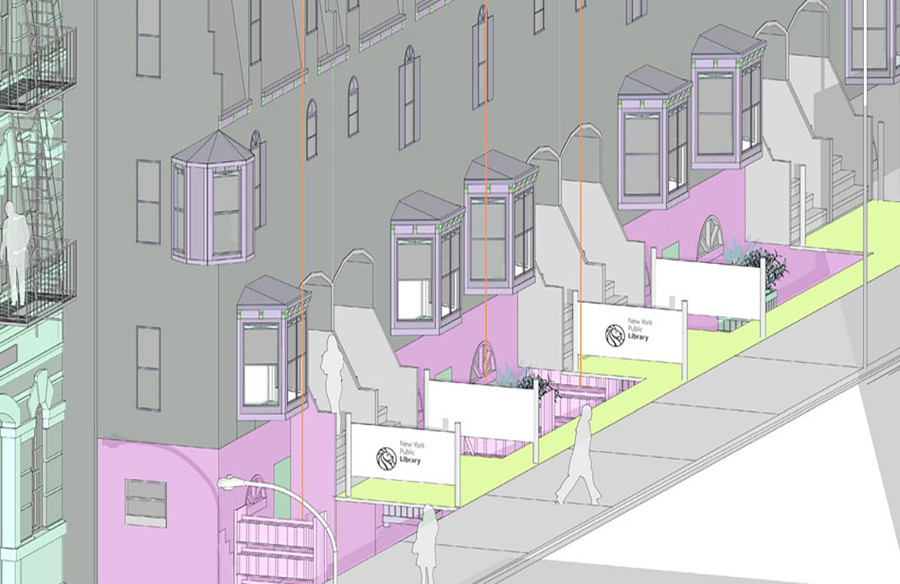The Railway Department Park, part of the National Taiwan Museum, occupies a site that carries 129 years of Taiwan’s urban transformation. The first railway of Taiwan originated here during the Qing Dynasty to service the Machinery Bureau which manufactured weapons. It later become the Taipei Artillery Factory and finally the Taipei Railway Factory in 1900. The site sits adjacent to modern day Taipei Main Station, the transportation hub for both the city and northern Taiwan. Designated a national historical monument, the museum park is one of the green focal points in the ambitious Taipei West District Gateway Project, an urban renewal masterplan that stretches across almost a third of downtown Taipei.
Rethinking The Future Awards 2022
First Award | Public Landscape Project (Built)
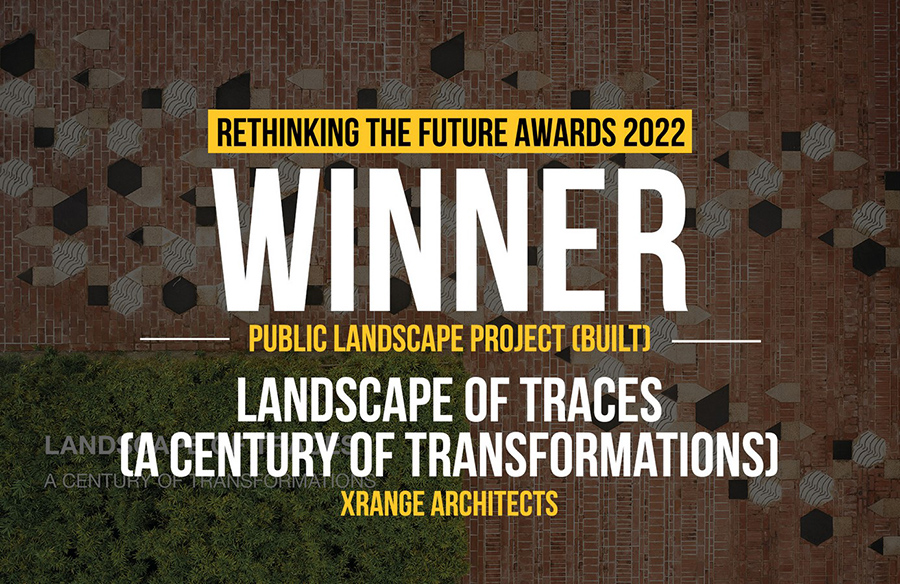
| Project Details | |
| Project Name: | LANDSCAPE OF TRACES (A CENTURY OF TRANSFORMATIONS) |
| Studio Name: | XRANGE Architects |
| Design Team: | Grace Cheung、Royce Hong、Emily Lin、Peihsuan Hsu、Sonia Pan、Joey Hsieh、Jason Chen、Norince Lee、Haochun Hung、Miriam Park、Soledad Moreno Velasco、Changchun Tsao、Yourue Wang |
| Area: | 17,000 m2 |
| Year: | 2014-2020 |
| Location: | Taipei City, Taiwan |
| Consultants: | (Lighting Design) Unolai Lighting Design & Associates |
| Photography Credits: | Studio Millspace |
| Collaborators: | B.Y.Hsu Architect |

©Studio Millspace
Over the past century, there had been many “versions” of the site, survived only by rudimentary maps and records. An industrial service site, constructions on the compound were mostly done by the Japanese in utilitarian and haphazard ways. Buildings were organically packed together and very roughly aligned. Some buildings were even attached directly onto the Qing Dynasty compound walls, cutting windows directly out of the 60 cm thick rubble wall. As the railway hub for over a century, the Railway Department Park’s insouciant past of politics, war, industry and urban growth is what draws historians, rail fanatics, and citizens to its storied ground.
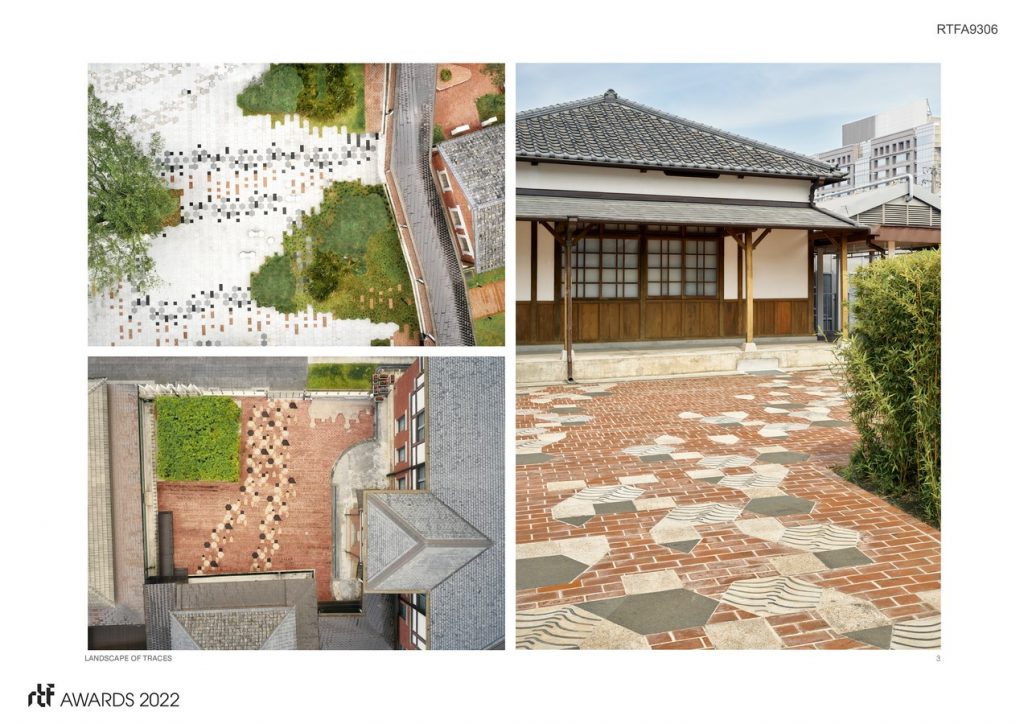
©Studio Millspace
The “Landscape of Traces” design concept envisions past transformations on the site as historical imprints or urban traces to be revealed to the public. Archaeological reconstruction is meaningless and impossible as part or most historical remains had already been permanently dug up to make way for train tunnels under the site. On the other hand, there exist no precise information from which to reconstruct.
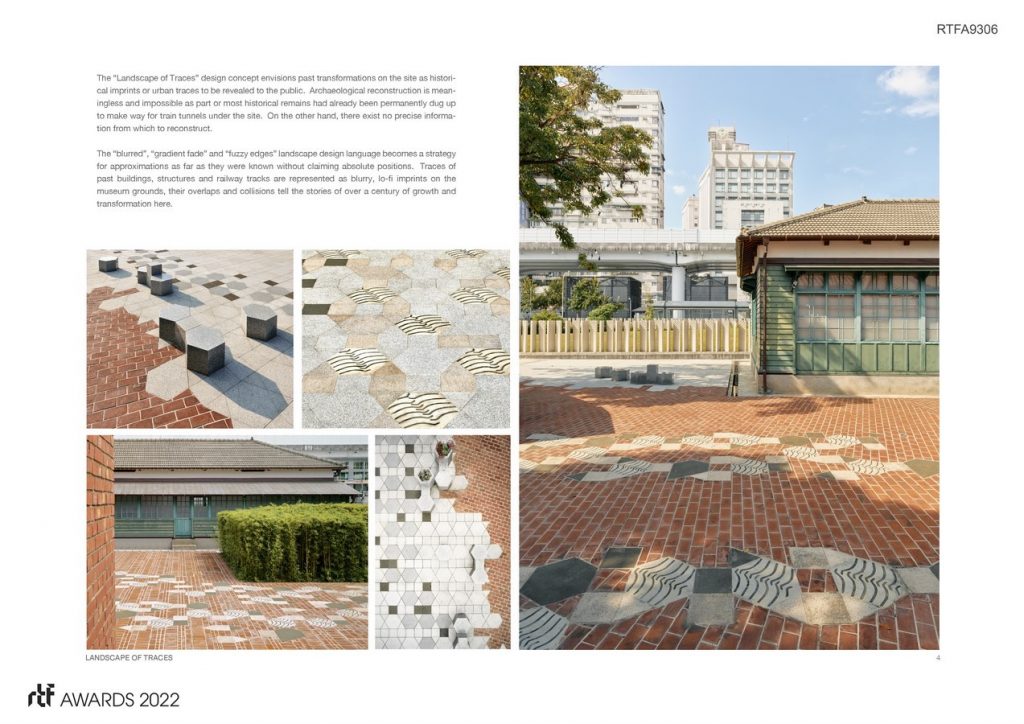
©Studio Millspace
The “blurred”, “gradient fade” and “fuzzy edges” landscape design language becomes a strategy for approximations as far as they were known without claiming absolute positions. Traces of past buildings, structures and railway tracks are represented as blurry, lo-fi imprints on the museum grounds, their overlaps and collisions tell the stories of over a century of growth and transformation here.
- ©Studio Millspace
- ©Studio Millspace
- ©Studio Millspace
